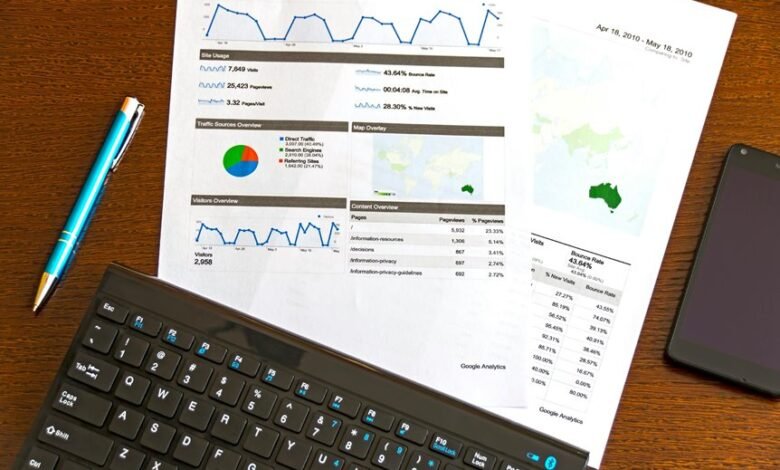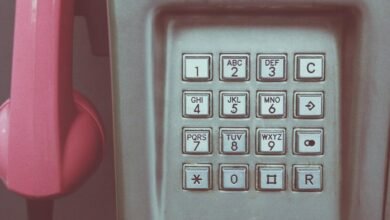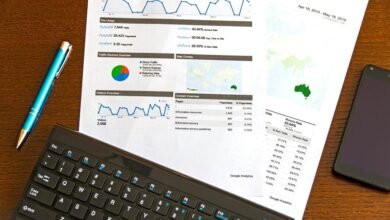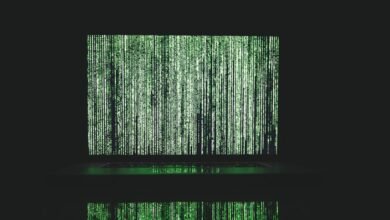Detailed Analysis Across 9713516412, 9713516758, 9715011819, 9724282723, 9725463655, and 9725590142

The analysis of the numbers 9713516412, 9713516758, 9715011819, 9724282723, 9725463655, and 9725590142 reveals significant patterns in call frequency and user engagement. Each number exhibits unique behavioral traits, indicating varying purposes of communication. Understanding these differences can provide deeper insights into user interactions and broader telecommunications trends. The implications of these findings raise questions about the underlying factors influencing these communication dynamics.
Examination of 9713516412 and 9713516758
The examination of the numbers 9713516412 and 9713516758 reveals notable distinctions and patterns that merit further analysis.
Their call frequency indicates varying usage trends, suggesting differing purposes or user behaviors.
The number patterns show an intentional structure, potentially reflecting regional or organizational affiliations.
Understanding these disparities provides insight into communication dynamics, ultimately fostering a more nuanced comprehension of individual and collective connectivity.
Insights Into 9715011819 and 9724282723
Examining the numbers 9715011819 and 9724282723 reveals distinct characteristics that warrant careful consideration.
Notably, their numerical patterns exhibit variations in call frequency, suggesting differing levels of activity or engagement.
Analyzing these aspects provides valuable insights into potential usage trends and user behavior, enabling a deeper understanding of communication dynamics associated with these specific numbers in the broader context of telecommunications.
Analysis of 9725463655 and 9725590142
Analyzing the numbers 9725463655 and 9725590142 reveals significant variations in their calling patterns and user engagement.
The number patterns indicate distinct call origins, with 9725463655 showing a higher frequency of inbound calls compared to its counterpart.
This disparity suggests differences in user intent and connectivity, highlighting the need for deeper exploration into the factors influencing these engagement metrics.
Conclusion
In summary, the analysis of the selected numbers reveals significant disparities in call frequency and user engagement, reflecting diverse communication behaviors. These insights prompt a critical reflection on how effectively individuals and organizations can adapt to evolving telecommunications trends. As we navigate this complex landscape, one must ask: how can we harness these patterns to foster more meaningful connections in an increasingly digital world? Understanding these dynamics is essential for shaping future communication strategies and enhancing user interactions.




